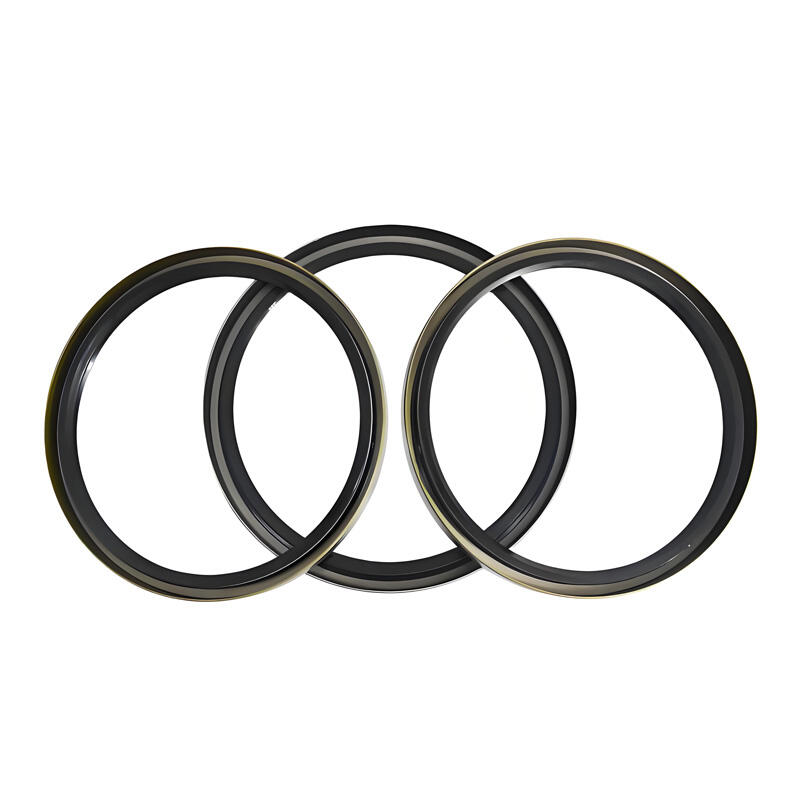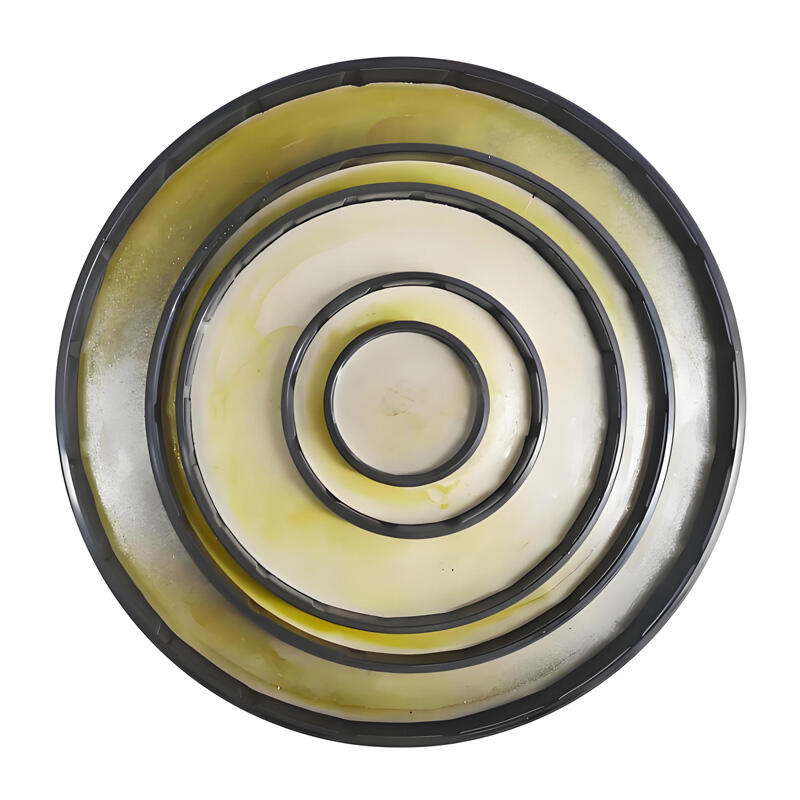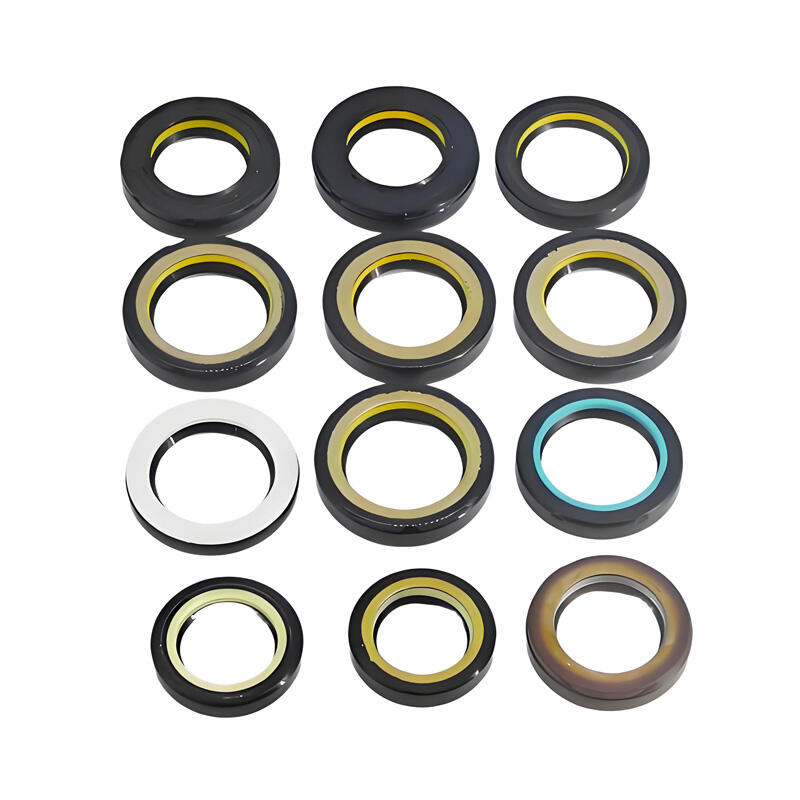bonded seal ring
A bonded seal ring represents a crucial advancement in sealing technology, combining the durability of metal with the sealing efficiency of elastomeric materials. This innovative component consists of a metal ring with a bonded rubber or elastomeric element, creating a robust and reliable sealing solution for various industrial applications. The metal ring provides structural integrity and resistance to pressure, while the elastomeric component ensures a tight seal by conforming to surface irregularities. These seals are engineered to withstand extreme temperatures, pressures, and chemical exposure, making them ideal for hydraulic systems, pneumatic equipment, and fluid power applications. The unique design allows for even pressure distribution and prevents leakage while maintaining structural stability. Bonded seal rings are manufactured through a sophisticated process that permanently bonds the elastomer to the metal carrier, ensuring the two components work as a single unit. This integration results in enhanced performance characteristics, including improved wear resistance, extended service life, and superior sealing capabilities. The technology behind bonded seal rings continues to evolve, with manufacturers developing new materials and bonding techniques to meet increasingly demanding industrial requirements.


